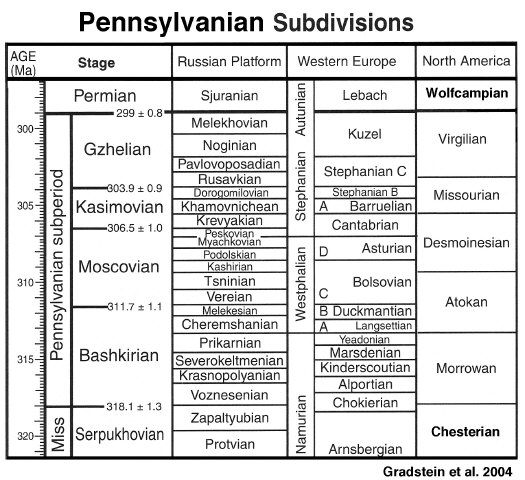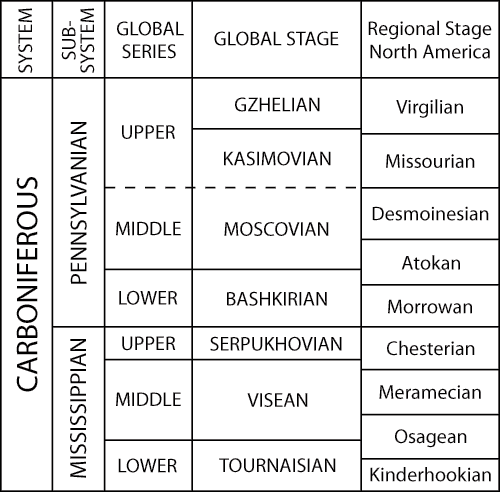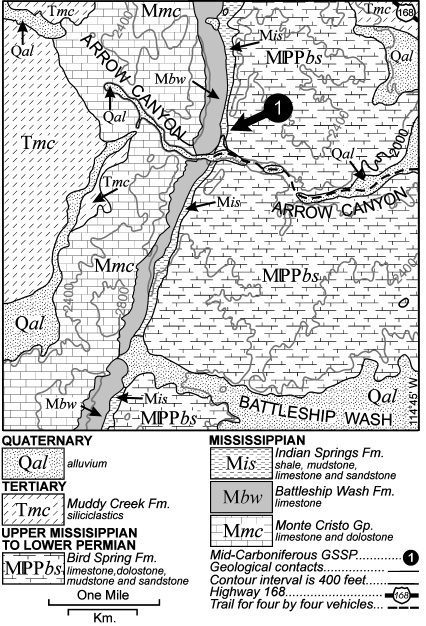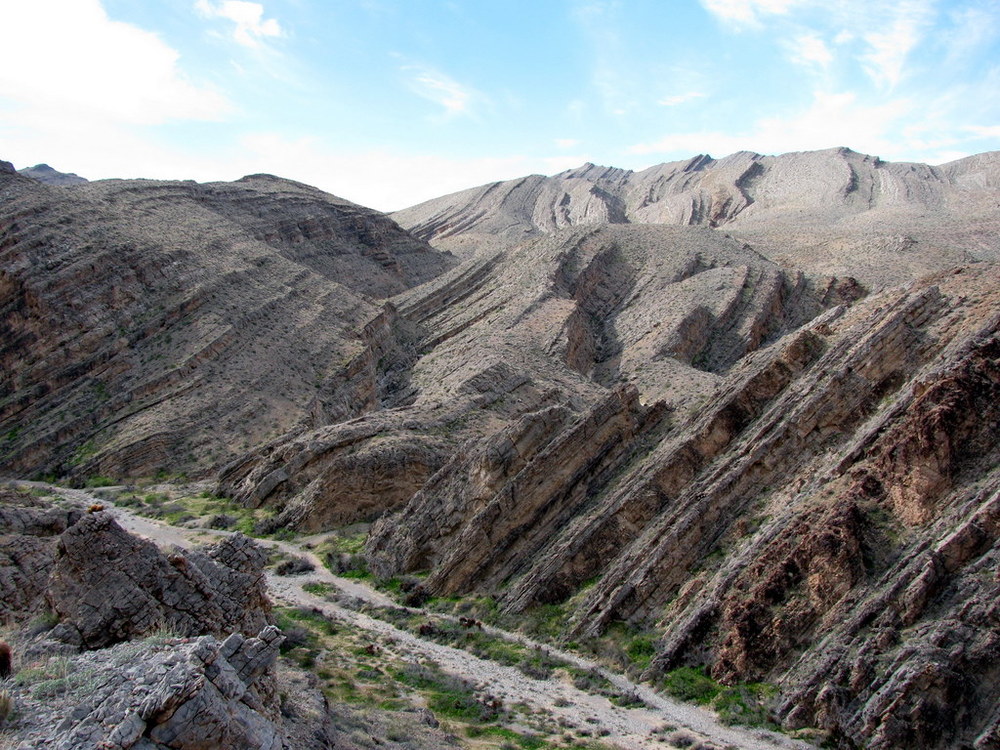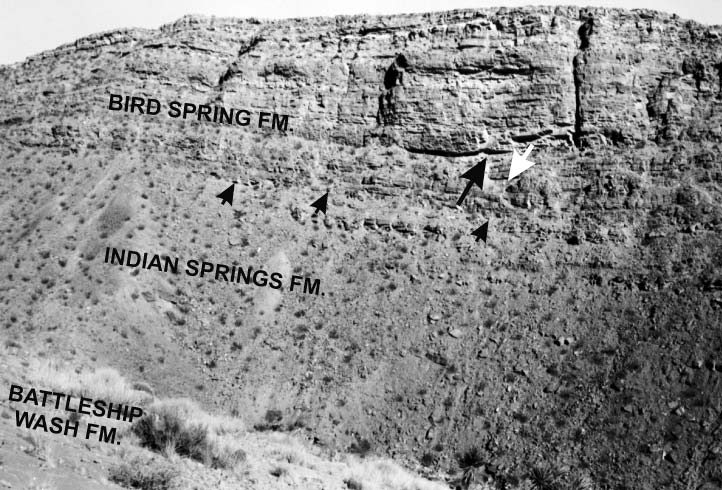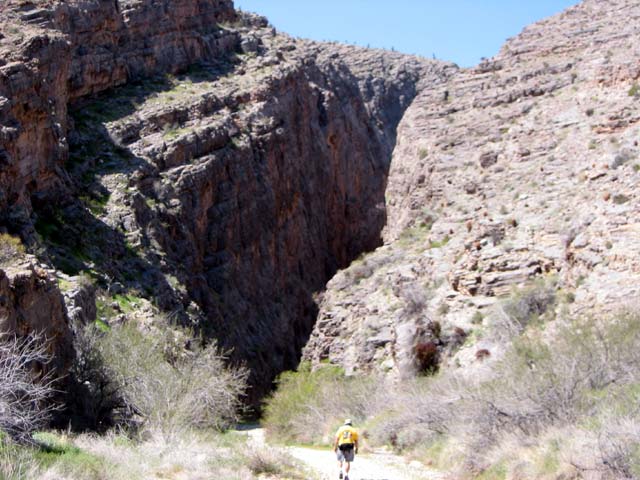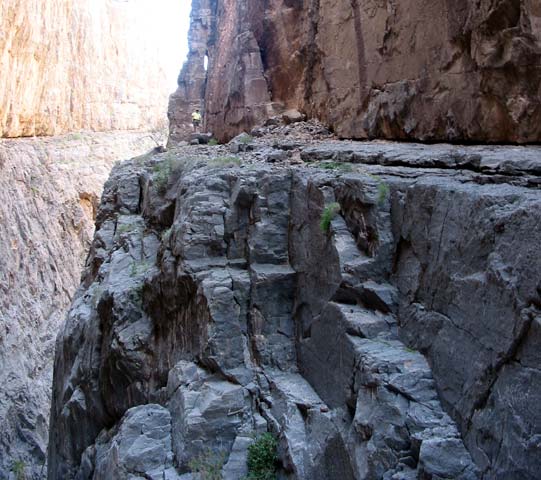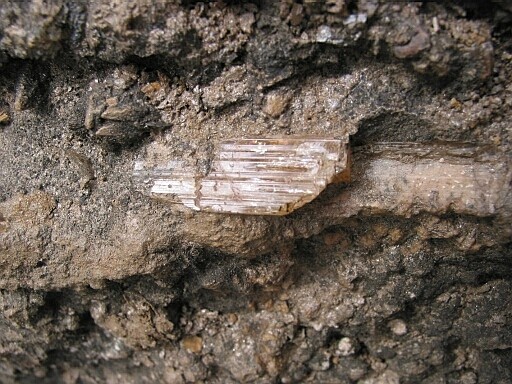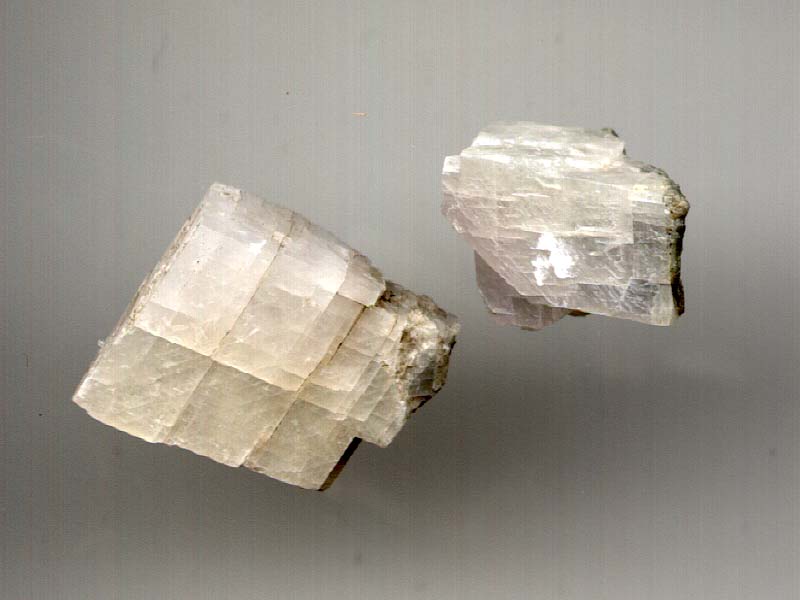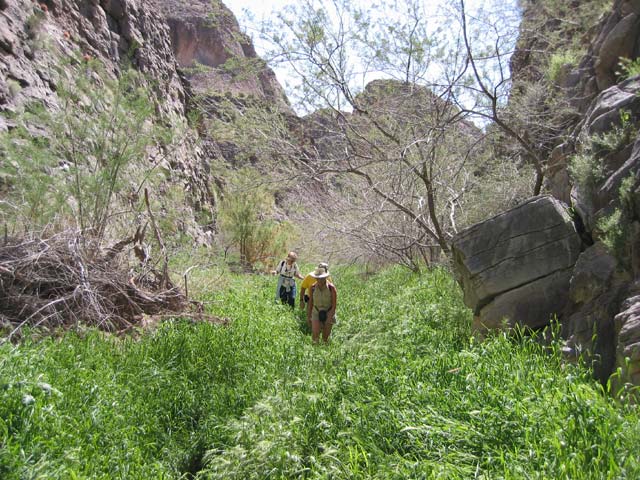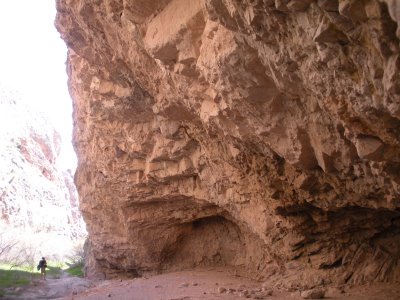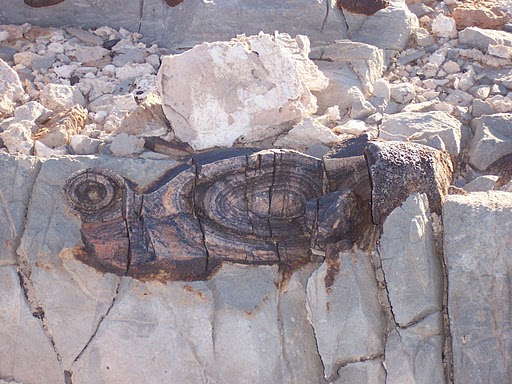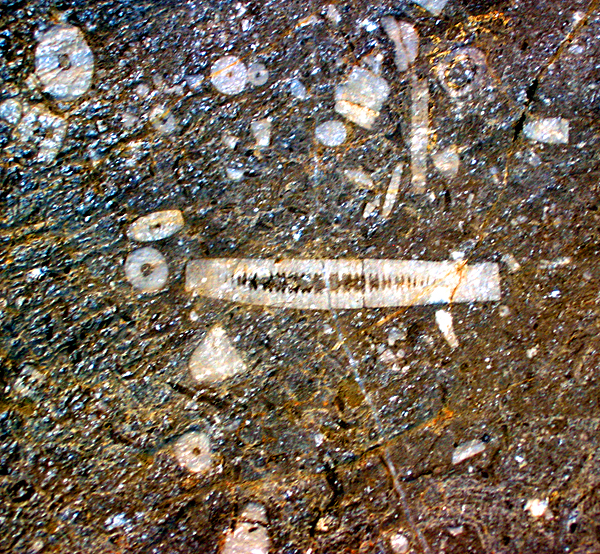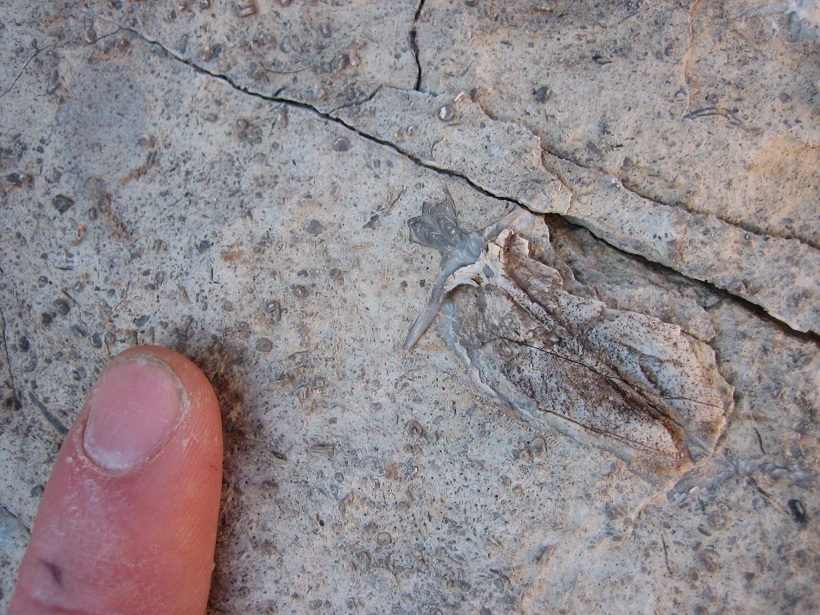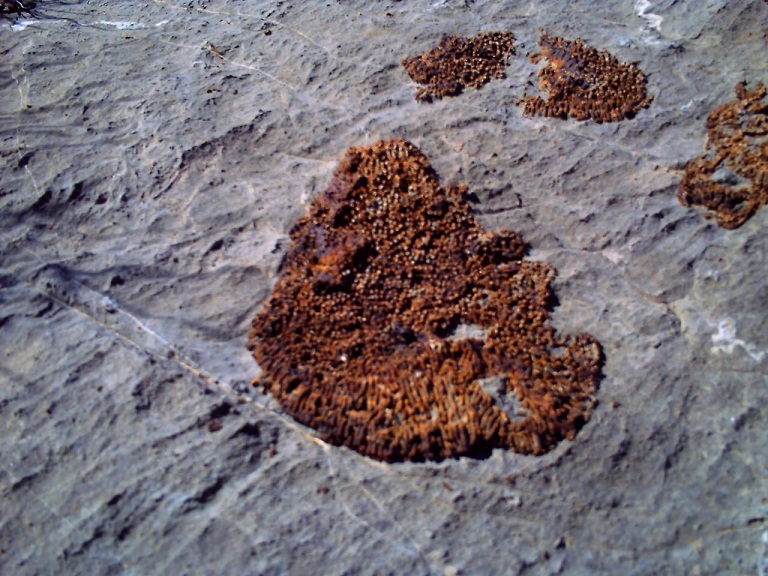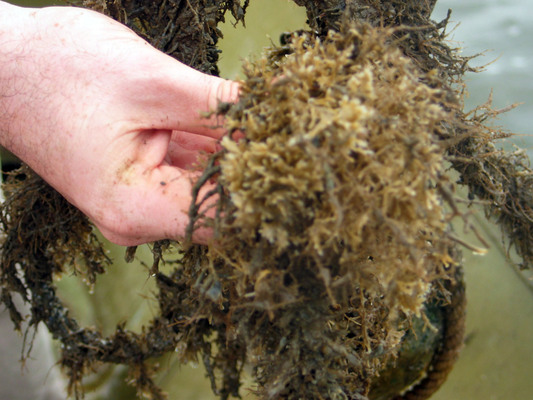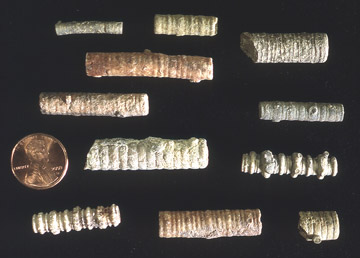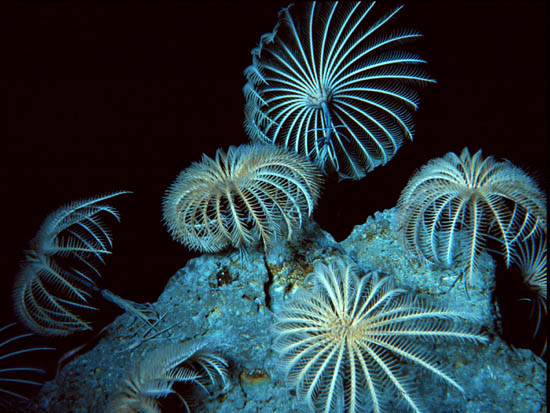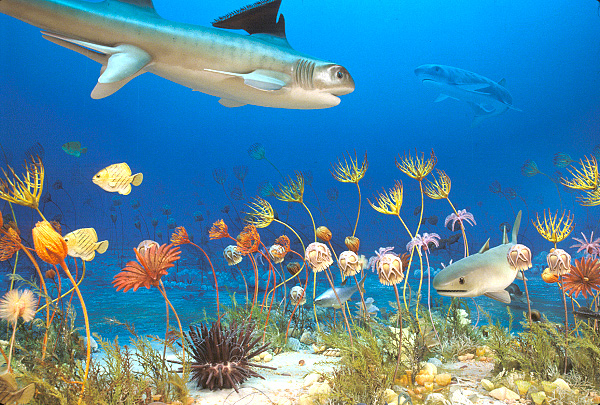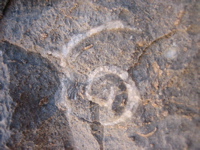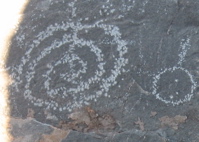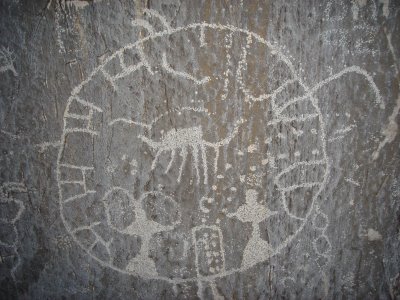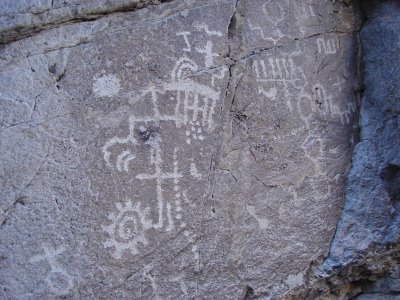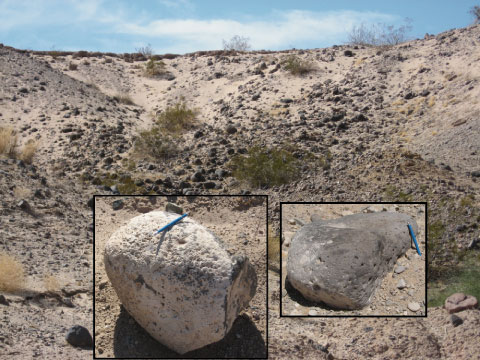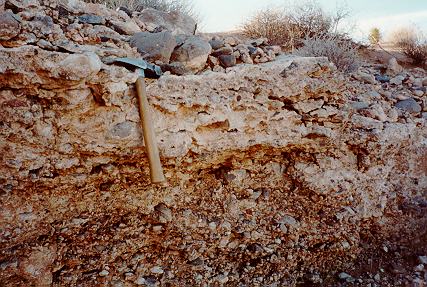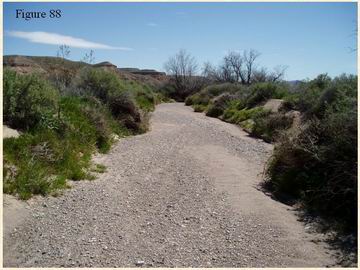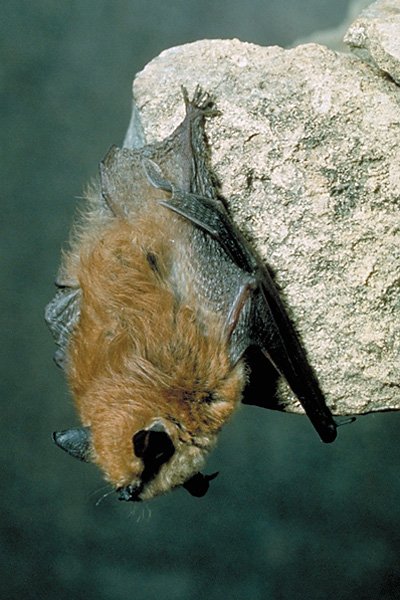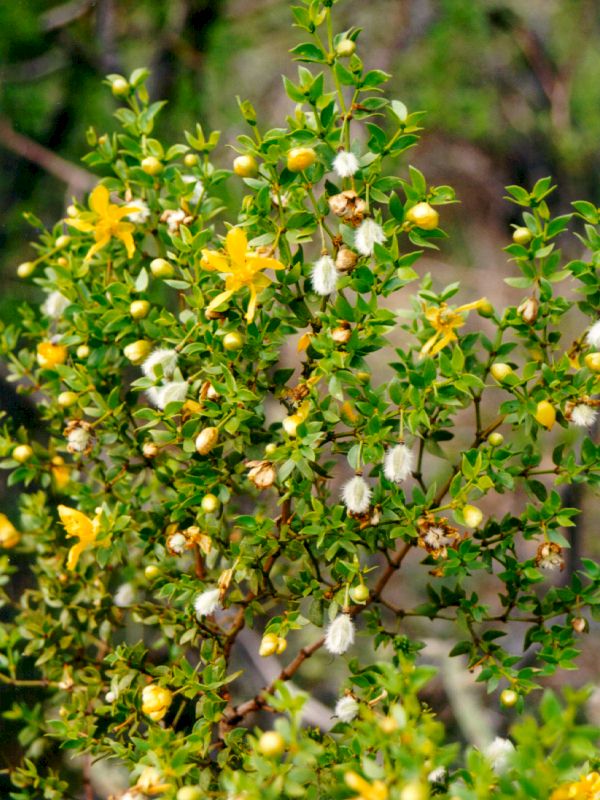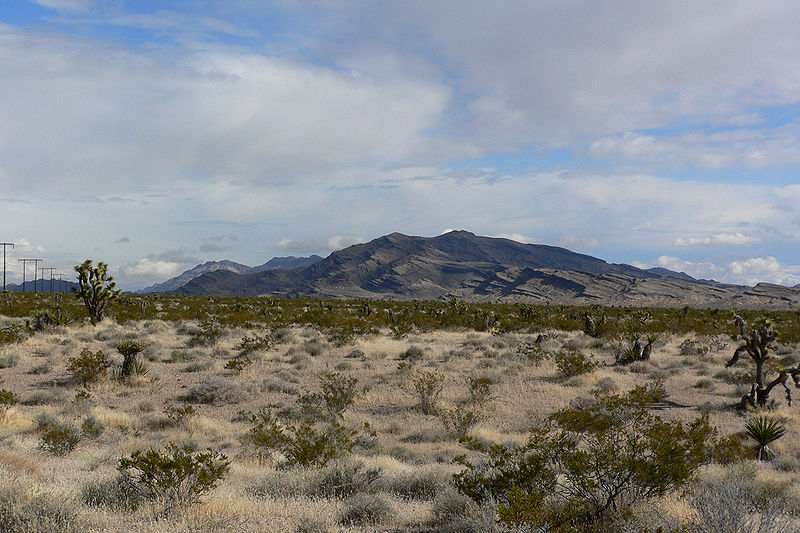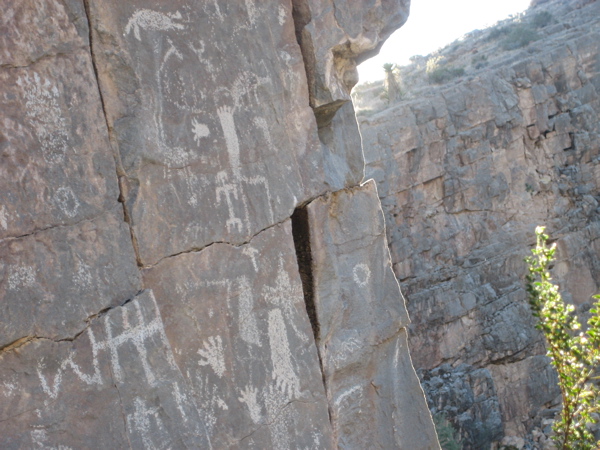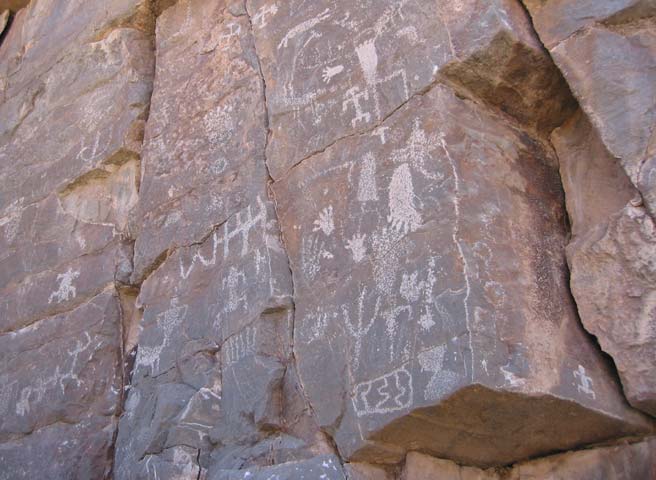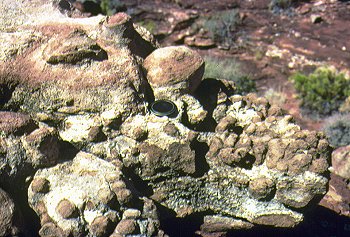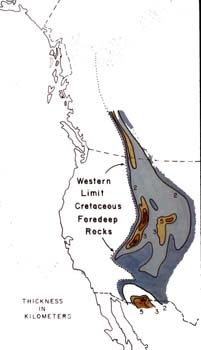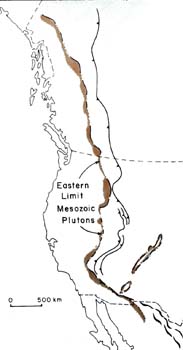 | Arrow Canyon |
|
|
|
Bird Spring Formation -Upper Mississippian to lower Permian |
GSSP Mississippian-Pennsylvanian boundary |
Battleship Wash FM, Upper Mississippian |
Visean Yellowpine Fm, (Mississippian) |
Visean Yellowpine Fm, Monte Cristo Group |
fault zone |
fault zone, calcite |
Visean Yellowpine Fm, Monte Cristo Group |
Mississippian Yellowpine Fm, Monte Cristo Gr |
Siliceous nodule |
Fossilized reef rocks |
|
bryozoans |
Modern shelf bryozoans |
crinoids |
Crinoids |
Carboniferous marine life |
Fossil spiral |
Time''s Spiral, Arrow Canyon |
Native Americans Pictogram, Arrow Canyon |
Native Americans Pictogram, Arrow Canyon |
Pleistocene sediments in Clark County, NV |
Fluvial Pleistocene sediments in Clark County, NV |
Pleistocene deposits in Clark County |
River deposits in Arrow Canyon |
Myotis californicus |
Creosote bush |
Arrow Canion Range |
|
|
|
Stromatolites |
The different thicknesses of the sediments in the fore-deep basin; the thickest part is in the west, adjacent to the front of the fold and thrust belt. In the south - the paleo-Gulf of Mexico. |
The eastern limit of the arc-related plutons. They trace across the entire western edge of the plate margin, suggesting that Andean-style subduction was active throughout most of the Mesozoic. An over-riding theme in this story of the Arc environment is HEAT. This is the driving factor for most of the structures that we observe. In the subduction zone, the isotherms are depressed where cold rocks of the subducting plate go down but to the east they are juxtaposed against the hot intrusive Arc environment. Moving further in-board from the arc, the rocks progressively cool to within the fold and thrust belt, finally returning to normal temperatures in the undeformed basement. This heat in the arc provides a possible mechanism for consuming the foot-wall of the antithetic fold and thrust belt, but it is hard to locate where this might be happening. |
See also http://plate-tectonic.narod.ru/muddyphotoalbum.html- Keystone Thrust and thrusting in SE Clark County
ШЕЛЬФОВЫЕ ОТЛОЖЕНИЯ ПАССИВНОГО КРАЯ КОНТИНЕНТА
Geologic map of Clark County, Nevada
Nevada Bureau of Mines and Geology (online documents)
Arrow Canyon Range
Arrow canyon wilderness
